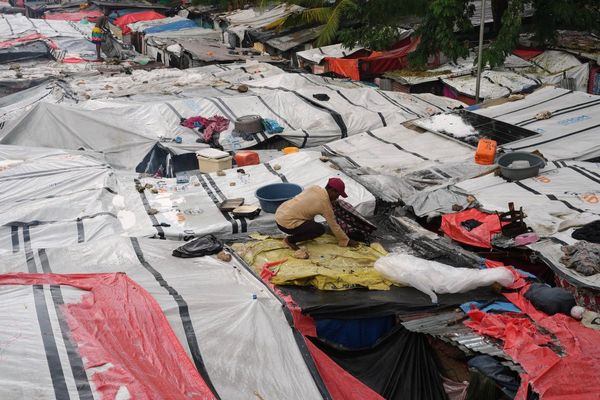
Packages arrive at my house more than I’d like to admit. Whether they contain cosmetics, swimwear, T-shirts or socks, the sight of a brown cardboard box makes me feel two things: excitement for the new thing and guilt over its environmental impacts.
Often the packaging feels excessive: boxes inside bigger boxes, things wrapped in bubble wrap or corrugated cardboard. And while compostable satchels are becoming more common, they’re not perfect solutions.
It’s easy to blame the fashion industry’s ever increasing environmental impacts on the rise of online shopping and pervasive digital marketing. Alongside reports of higher rates of returns, exploitation in distribution centres and emissions from shipping, it’s enough to consider abandoning the convenience of e-commerce for bricks and mortar retail.
But Elise Sharpley, a consumer and retail sector leader at Deloitte Australia, says: “It’s not as simple as saying one mode of shopping is better or worse than the other. There are quite a few variables that influence the environmental impact of shopping online versus in store.”
Travel and logistics: how you – and your clothes – get home
Monash Sustainable Development Institute’s Aleasha McCallion and Jennifer Macklin say it’s important to recognise that the impacts and emissions associated with packaging and transport occur with both in-store and online purchases.
They say for in-store purchases, items are often shipped in bulk from a distribution centre to a retail store, then wrapped and bagged at checkout, then transported to the customer’s home.
For online, items are packaged at a distribution centre or in store then shipped directly to the customer’s front door.
According to Sharpley, if a product ordered online has to pass through multiple distribution centres in several countries, it clocks up carbon emissions from air freight.
But to complicate matters, research from the MIT Center for Transportation & Logistics found that travelling to a retail store by car generates twice as many emissions as buying online.
So when it comes to shopping, McCallion and Macklin suggest mitigating these emissions by choosing items that are manufactured from the closest location possible and sold in a local shop, preferably one you can reach by foot, bicycle or public transport.
Paper and plastic packaging
In 2022, researchers in South Korea found that online spending generates 4.8 times more packaging waste than in-store spending. Paper and plastic account for approximately 60% of global packaging, and unfortunately due to the complicated nature of waste streams, recycling rates are low.
“Every package delivered to our doorsteps carries with it a hidden cost to the planet,” says Nicole Rycroft, founder of the not-for-profit Canopy. “Our voracious appetite for online shopping along with the shift away from plastics has led to a surge in paper packaging. Every year, 3.1bn trees, many from the world’s climate-critical and biodiverse forests, are cut down to make packaging that is thrown out in an instant.”
Some companies, including Canopy, are investigating and trialling more sustainable forms of packaging made from hemp and agricultural waste. And while biodegradable or compostable options are becoming more common, McCallion and Macklin warn sometimes these are worse than traditional plastic. In most Australian households, these packaging options have to be placed in landfill bins or risk contaminating organics and recycling.
Of course, retail stores often wrap garments and place them in paper or plastic bags. But it’s simple to minimise this in person – bring a reusable bag and decline extra wrapping.
Online v in-store returns
The common assumption is that online shopping leads to more returns, because customers can’t try garments on or feel the quality of an item before buying.
However, in a 2022 study, researchers from Monash University found the opposite to be true. Their findings revealed 66% of shoppers had returned a purchase from a physical store, compared to 42% of online shoppers.
McCallion and Macklin say it’s still best to avoid buying things online that really should be tried on in person, such as jeans or shoes. And ultimately, whether you buy things online or in-store is not as significant as what – and how much – you buy.







